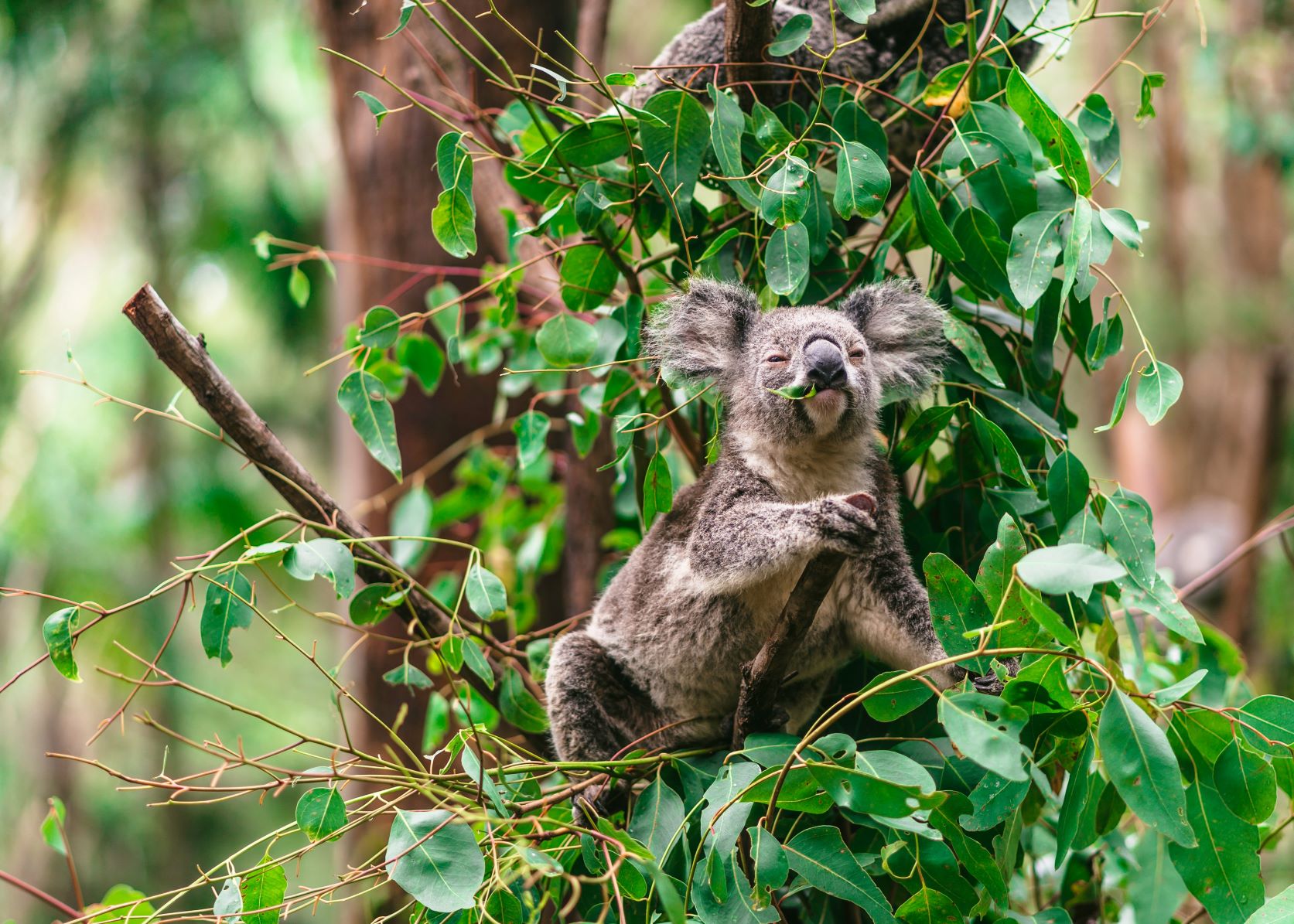Chlamydia has a bigger effect on koalas than researchers believed
With habitat loss already threatening koalas, the disease could increase death and infertility rates
M.K. Manoylov • November 25, 2019

As habitat loss and road accidents afflict koalas, chlamydia could further stress this species. [Credit: Nghia Nguyen/Unsplash | Unsplash license]
Researchers always knew koalas contract chlamydia, but until now they had no idea how sick the animals could get from the infection.
Sixty-six percent of koalas infected with chlamydia go on to develop disease symptoms, according to a study published last month in Nature. That amazed Peter Timms, the lead author on the study and a professor of microbiology at the University of the Sunshine Coast.
Timms and his team from the university found that two-thirds of infected koalas go on to fully develop chlamydia. The rest remain free of symptoms.
“This is important as it suggests that most animals — not all though — cannot cure themselves,” Timms said in an email.
With koalas losing habitat and road accidents increasing, chlamydia further threatens the species.
The researchers gathered the data between 2013 and 2017 at a koala management program, where free-living koalas were captured, monitored and managed by experienced veterinarians. The veterinarians inspected koalas entering and exiting the program to check for health problems, including chlamydia.
The chlamydia inflames the mucus membranes in the eyes, reproductive tracts and bladder, explains David Phalen, a veterinarian at the University of Sydney, who was not involved with the study.
“It’s a very horrible disease, in that the changes in the eyes can result in clouding of the cornea — severe inflammation of the eyes which can lead to blindness, which is very painful,” Phalen says. After battling the condition for a long time, koalas eventually become sterile.
The Australian Koala Foundation estimates there are between 47,000 and 85,000 koalas in the wild. That may sound like plenty of koalas, but those numbers are actually worryingly low, according to scientists. In fact, some researchers consider koalas “functionally extinct.” This size of a population might not be able to sustain populations into the future. Understanding disease progression is one way to stop koalas from actually going extinct.
A second finding published in the study suggests chlamydia might be even harder to treat than scientists previously thought. The researchers found that different strains of chlamydia affect different parts of the body. And each strain, such as those affecting the eyes, reproductive tract or bladder, requires a different treatment.
On top of that, koalas are notoriously difficult to treat with pharmaceutical drugs. Since they regularly consume toxins in eucalyptus leaves, their bodies treat human-produced drugs as another chemical to get rid of, Phalen says. Now that researchers know that only a small portion of koalas recover from chlamydia, the urgency for a vaccine has grown higher.
Vaccines aren’t the only way to help koalas fight chlamydia, says Rebecca Larkin from Ipswich Koala Protection Society in Australia, who was not involved in the study. Mitigating habitat loss can’t be overlooked.
“By destroying, fragmenting and degrading habitat across the koala’s entire range, we have made it harder for individual koalas to retain their [reproductive success] and therefore their ability to recover from disease,” says Larkin.
Nonetheless, the plight of each beloved gray marsupial infected and sickened by chlamydia also touches researchers on an individual level.
“If you find a koala that’s infected, you know that animal, in most circumstances, is going to get quite sick,” Phalen says. “And we shouldn’t assume that’s not a significant finding.”